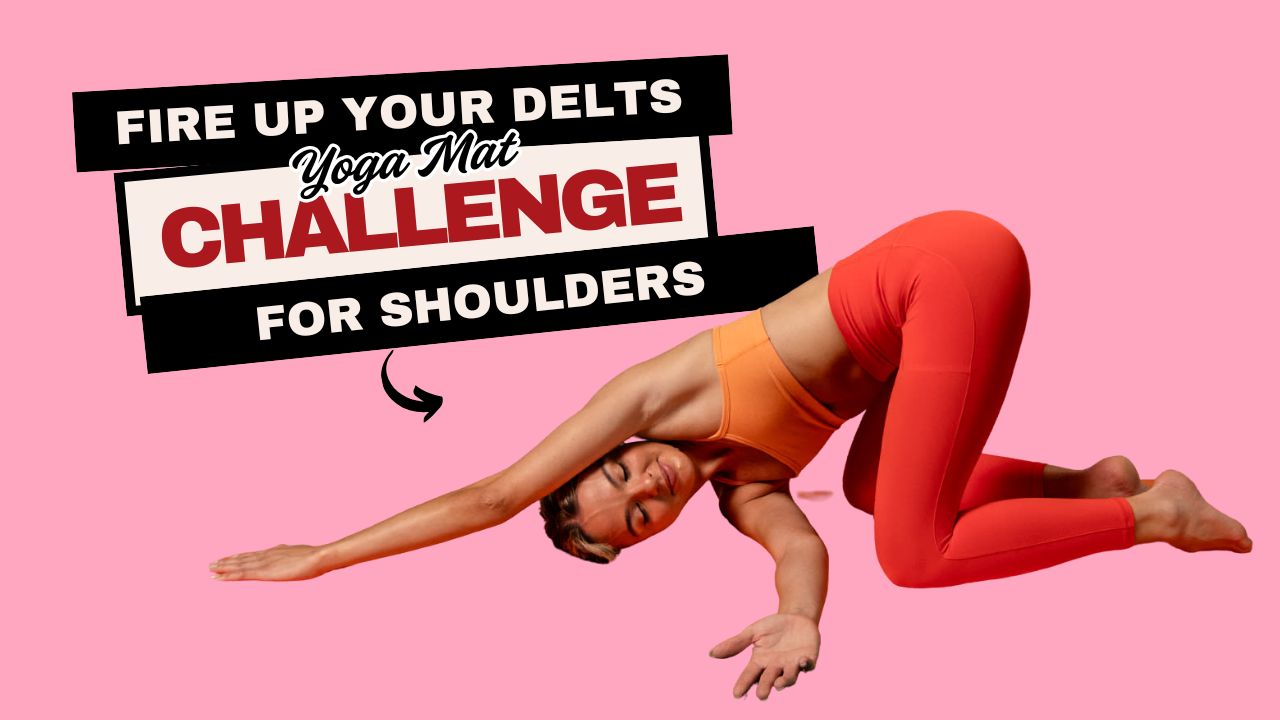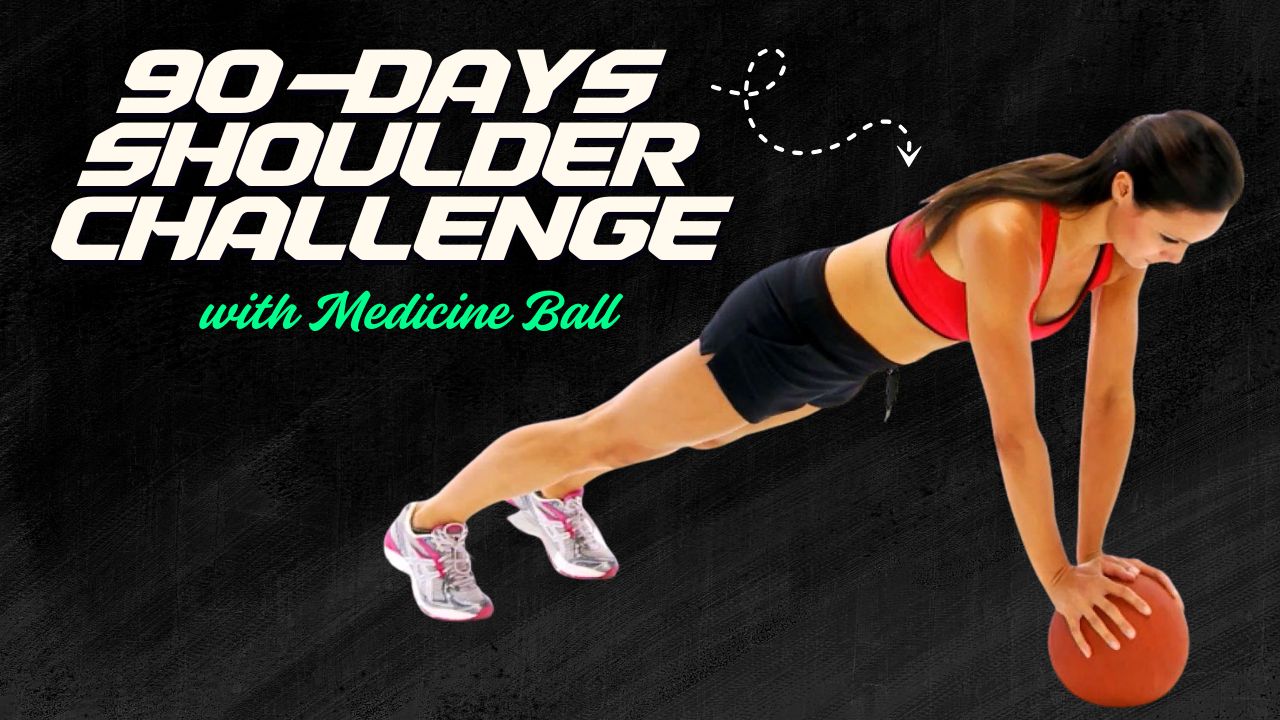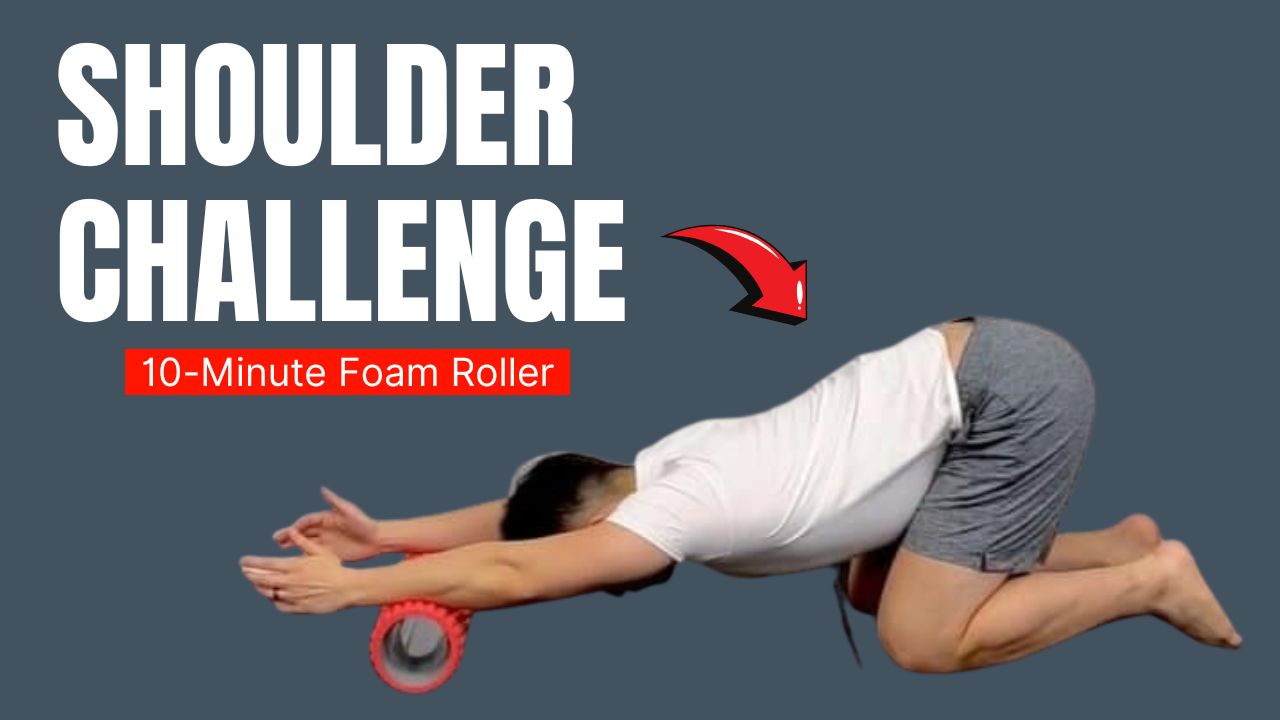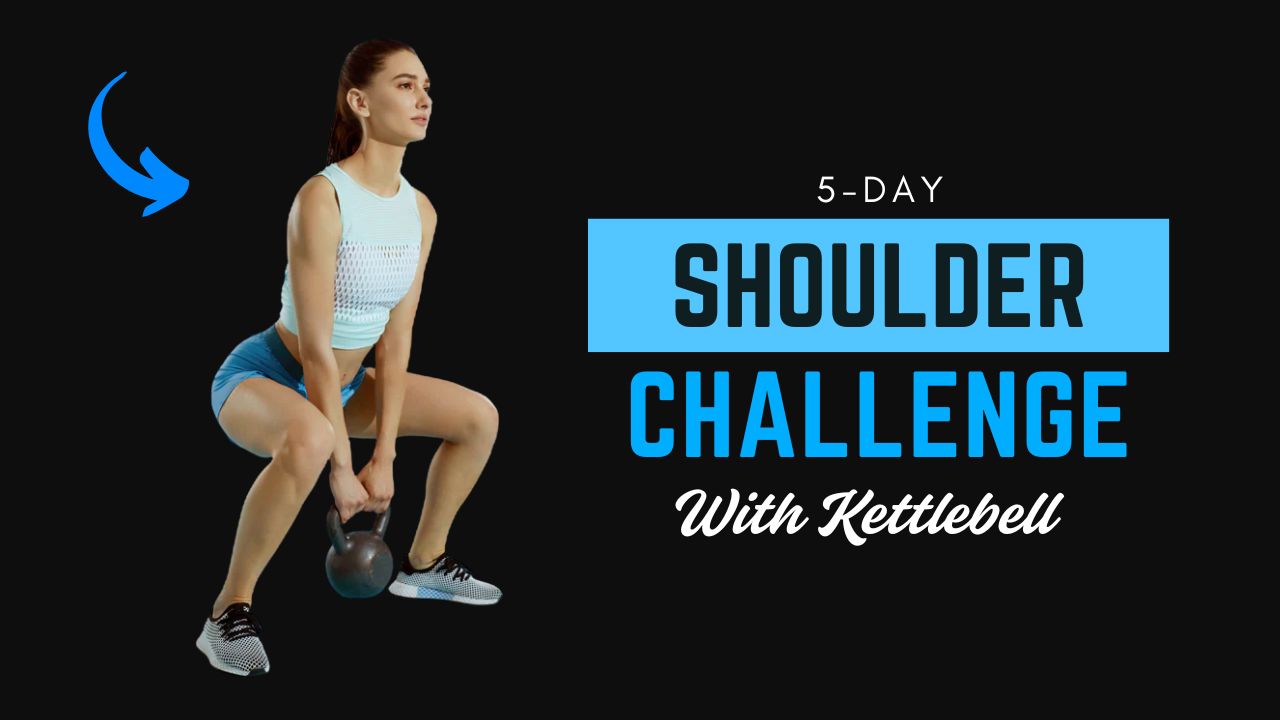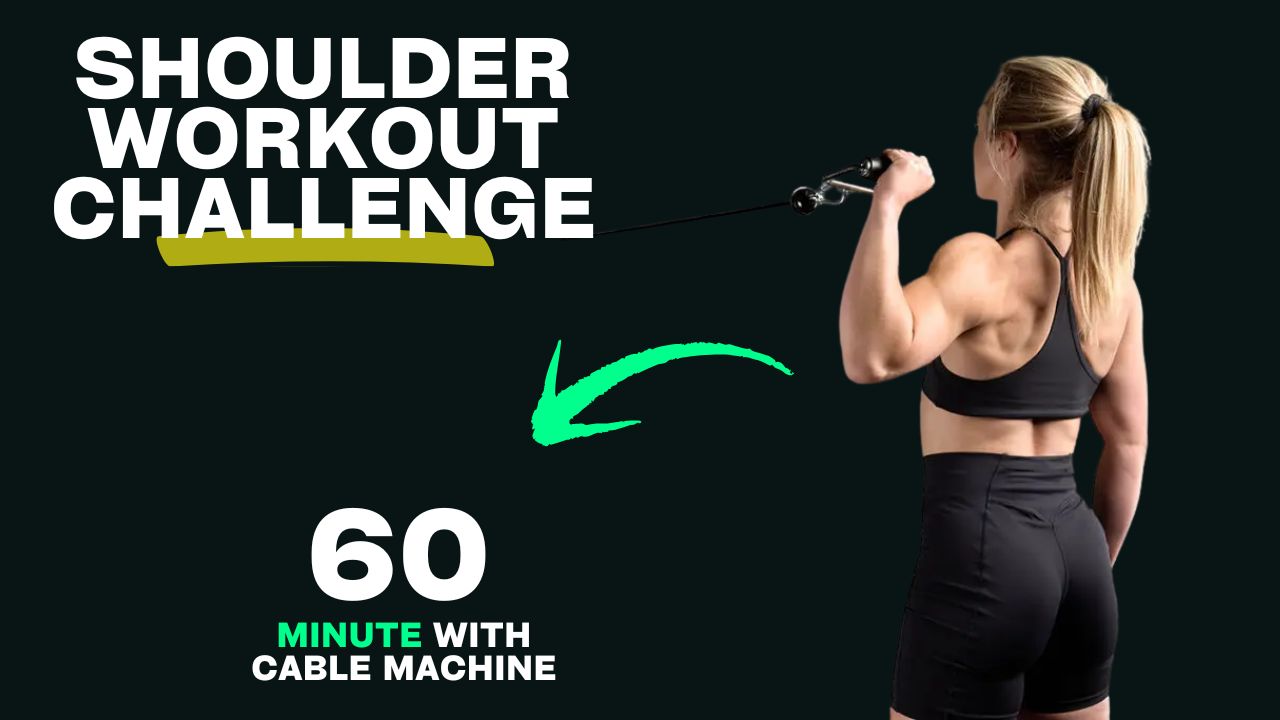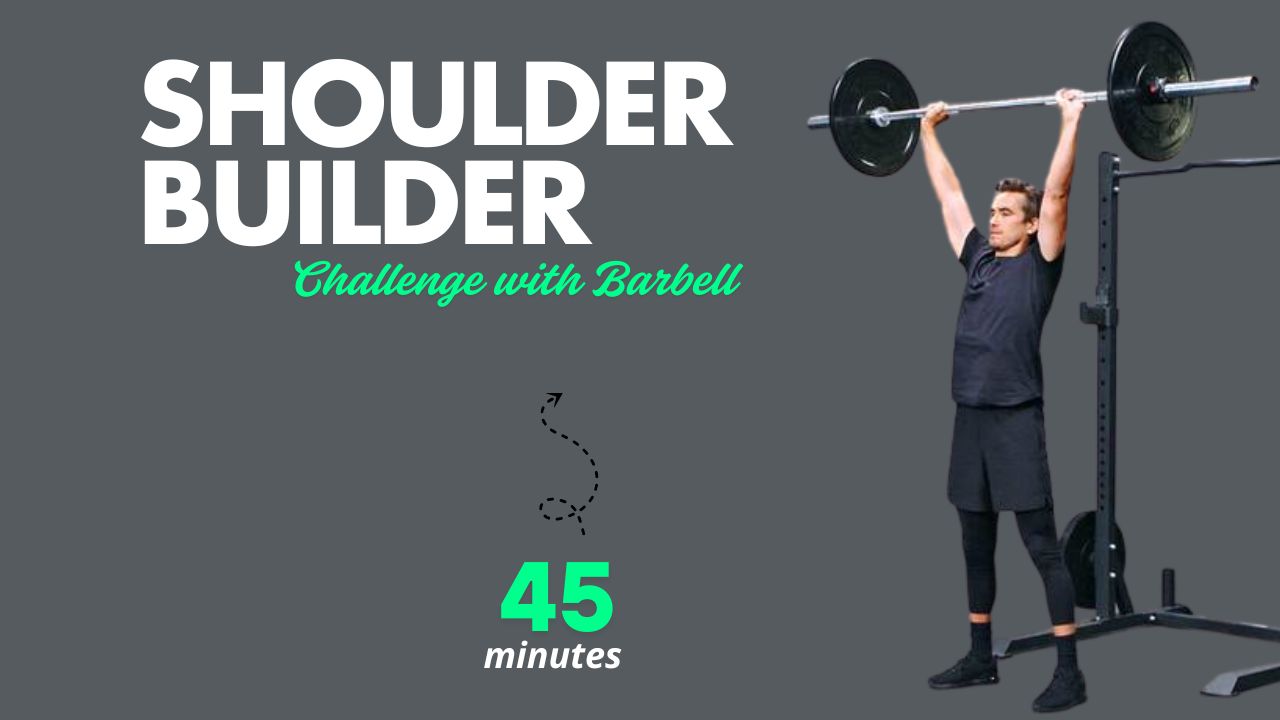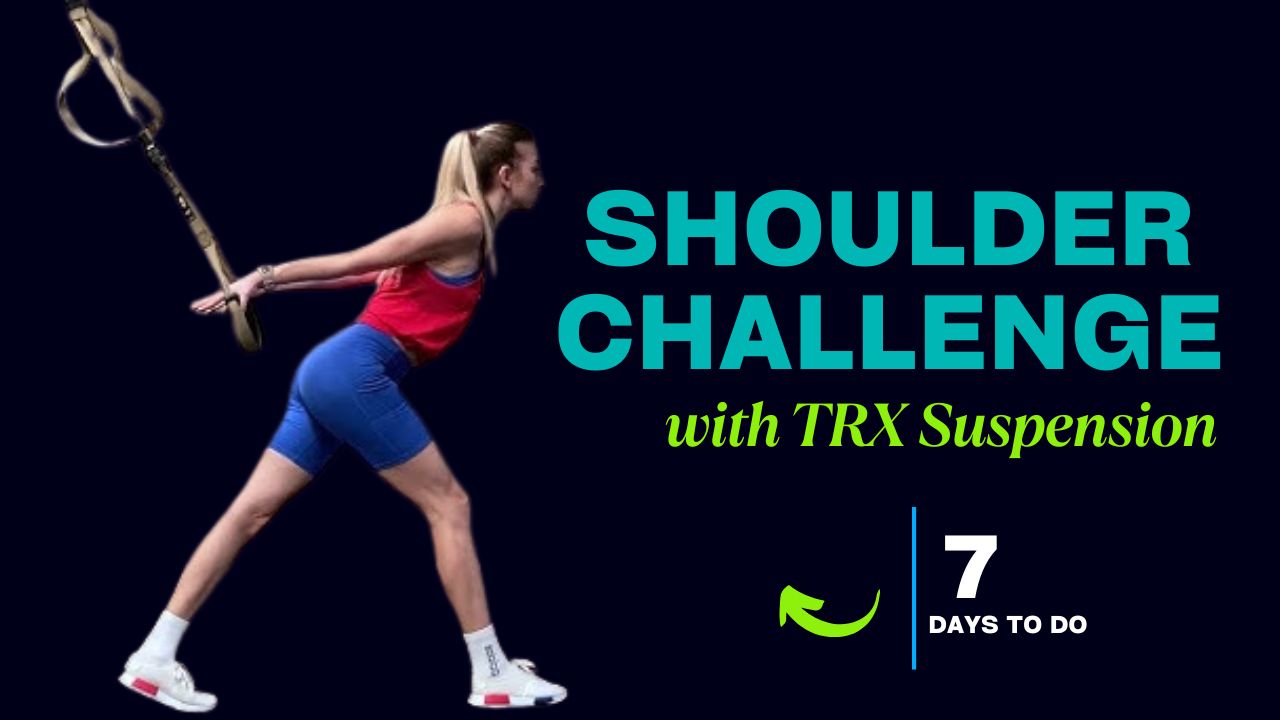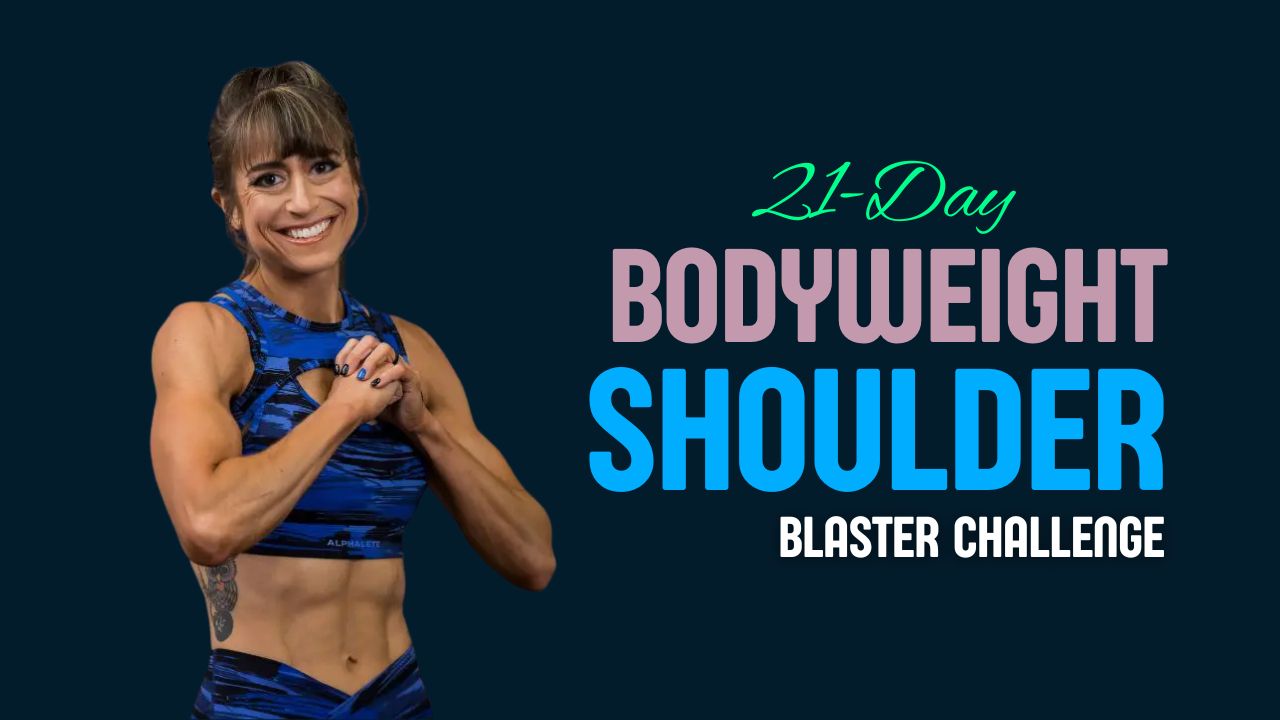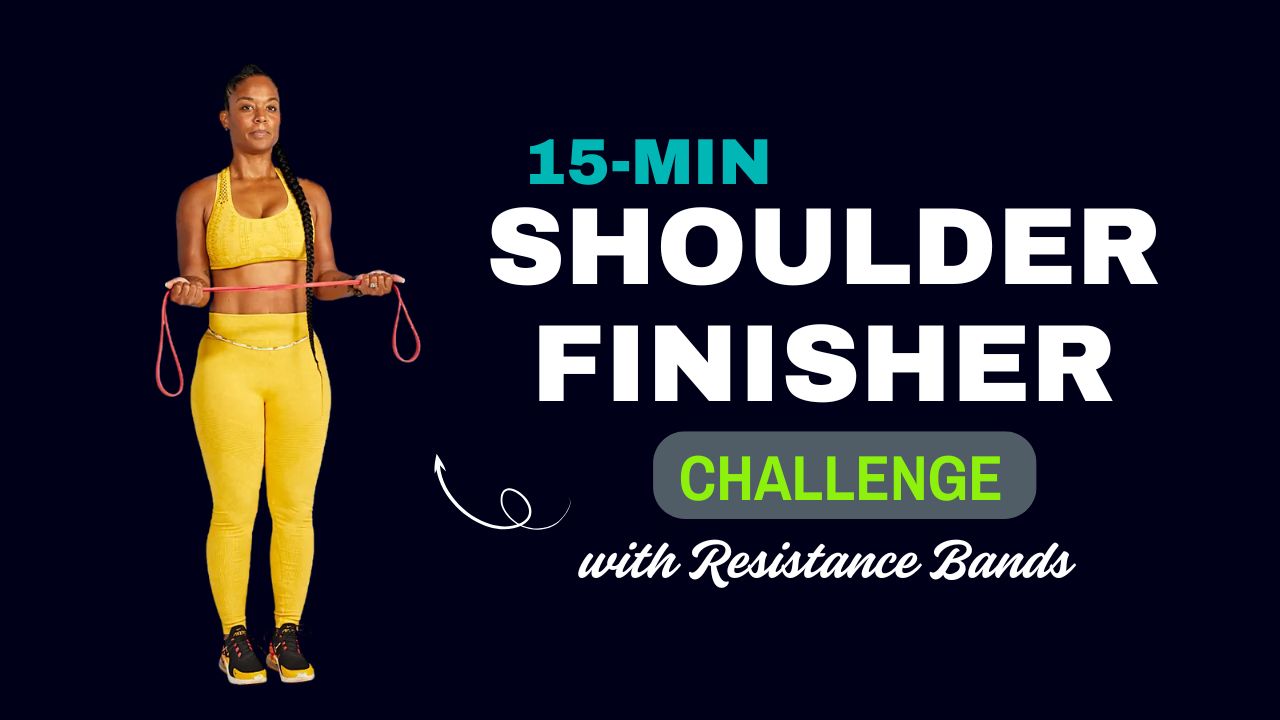Think your back workouts are complete with just lat pulldowns and rows? Think again.
The hi-lo pulley machine might just be the most underrated weapon in your strength-training arsenal.
Compact yet versatile, this machine can mimic everything from pull-ups to deadlifts—while keeping constant tension on your muscles for maximum gains.
Whether you’re after that V-taper look, improved posture, or better athletic performance, these 12 hi-lo pulley back exercises will give your routine a serious upgrade.
Let’s break down exactly how to do them, what they target, and the benefits you’ll reap.
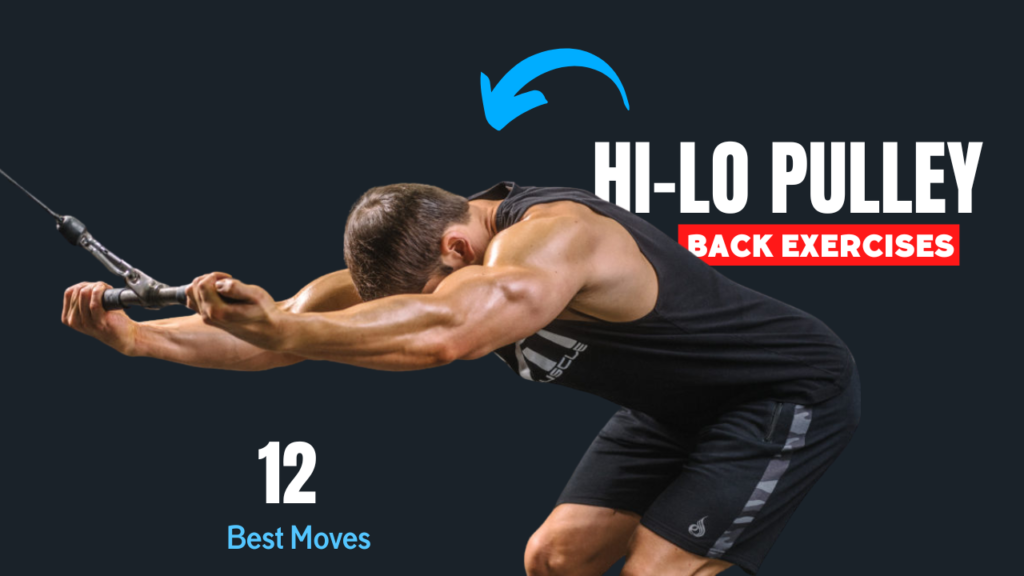
Table of Contents
What Happens After 30 Days of Hi-Lo Pulley Back Workouts?
| Positive Changes | Why It Happens |
|---|---|
| Improved Back Definition | Consistent tension targets muscles for visible toning and sculpting |
| Increased Muscle Activation & Mind-Muscle Connection | Focused cable movements enhance muscle control and engagement |
| Better Posture | Strengthening rear delts, traps, and rhomboids helps pull shoulders back |
| Reduced Back Fat Appearance | Muscle growth and calorie burn together tighten and reshape the area |
| Enhanced Pulling Strength | Cable exercises mimic natural pulling movements, improving function |
| Stronger Core Stability | Many hi-lo exercises engage your core as a stabilizer |
| Greater Workout Variety and Motivation | Dozens of variations keep your routine fresh and enjoyable |
| Less Shoulder and Joint Strain | Cables provide smooth, joint-friendly resistance |
Also Read: 14 Best Kettlebell Abs Exercises for a Shredded Core
Do’s and Don’ts of Hi-Lo Pulley Back Exercises
| Do’s | Don’ts |
|---|---|
| Focus on proper form before increasing weight | Don’t use momentum or swing your body |
| Keep a neutral spine and engage your core | Don’t round your back or arch excessively |
| Control both the upward and downward movement | Don’t let the cable snap back—always return with control |
| Use full range of motion for better muscle activation | Don’t shorten your reps or rush through the exercise |
| Adjust the pulley height to match each exercise properly | Don’t perform all exercises from just one angle |
| Warm up with lighter weight before going heavy | Don’t jump straight into heavy lifts without preparation |
| Include both vertical and horizontal pulling variations | Don’t overwork just one area like the lats or traps |
| Breathe properly—exhale on pull, inhale on return | Don’t hold your breath during heavy reps |
| Check your shoulder alignment and joint stability | Don’t let your shoulders hunch or shrug during rows |
| Use attachments like ropes, bars, and handles for variety | Don’t stick to one attachment or grip for every exercise |
Why the Hi-Lo Pulley Cable Is a Back-Day Game Changer
Did You Know? Unlike free weights, the hi-lo pulley system provides constant tension through the full range of motion—making every rep more effective.
Benefits:
- More Time Under Tension: Greater muscle activation.
- Safer for Joints: Smooth cable motion reduces injury risk.
- Custom Angle Options: Targets all areas of the back—upper, mid, and lower.
- Progressive Resistance: Easily increase or decrease weight in small increments.
12 Hi-Lo Pulley Back Exercises You Need to Try
Each exercise below includes how to perform it, what muscles it targets, and why it works.
1. High Cable Lat Pulldown (Straight-Bar)
Muscles Worked: Lats, upper back
How To:
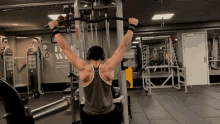
- Attach a wide straight bar to the top pulley.
- Sit down with your legs under the pad and grip the bar wider than shoulder-width.
- Pull the bar down to your upper chest, squeezing your shoulder blades together.
- Slowly return to start.
Why It Works: This mimics a pull-up and is excellent for building width in the lats.
Also Read: 12 Must-Try Kettlebell Exercises for Strong, Sculpted Shoulders
2. Low Cable Seated Row (V-Grip or Straight Bar)
Muscles Worked: Mid-back, rhomboids, traps
How To:
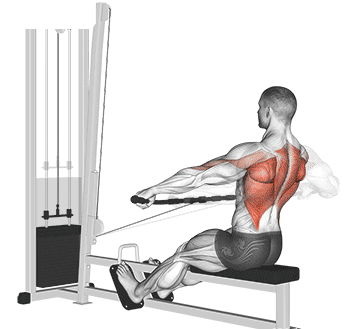
- Sit facing the low pulley, knees slightly bent.
- Grab the attachment and pull towards your abdomen.
- Pause, squeeze your back, then return.
Pro Tip: Don’t rock your torso—keep the motion in your arms and back.
3. Standing High-to-Low Unilateral Row
Muscles Worked: Lats, obliques, core
How To:
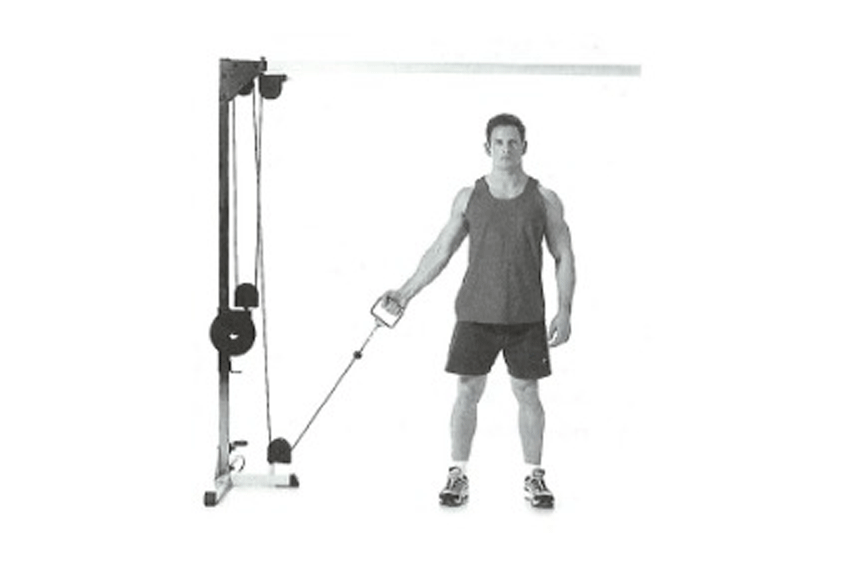
- Attach a single handle to the high pulley.
- Stand facing the machine at an angle, holding the handle with one hand.
- Pull down and across your body toward your hip.
- Slowly return. Repeat on both sides.
Why It’s Unique: It hits your lats and core in one fluid motion.
4. Low Cable Bent-Over Row
Muscles Worked: Lats, lower traps
How To:
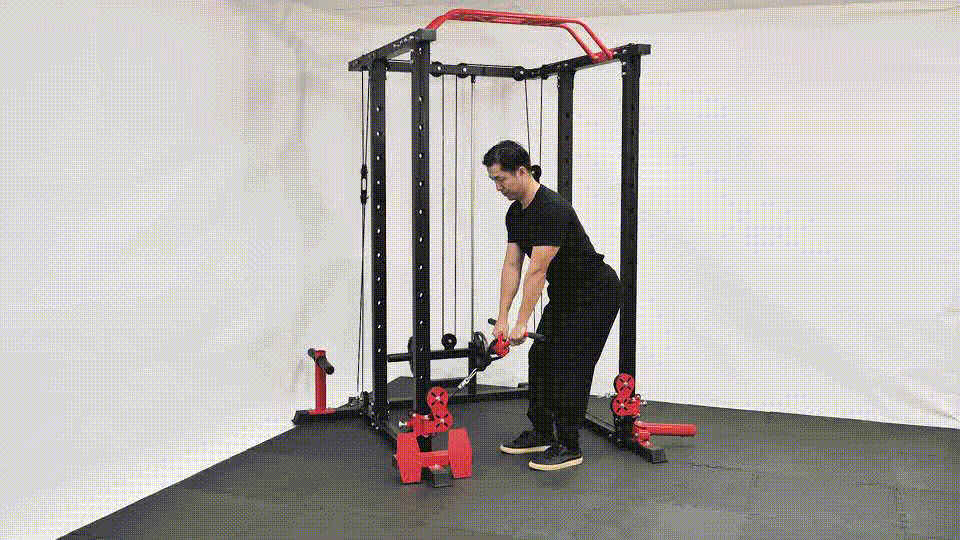
- Attach a bar to the low pulley.
- Bend over at the hips with a straight back.
- Pull the bar to your navel, keeping elbows close.
- Control on the way down.
Bonus: Great deadlift accessory move.
Also Read: 12 Barbell Calf Exercises to Build Rock-Solid Lower Legs
5. Cable Straight-Arm Pulldown
Muscles Worked: Lats, teres major
How To:

- Attach a straight bar to the high pulley.
- Stand upright, arms extended straight.
- Pull the bar down in a wide arc to your thighs, keeping your arms straight.
- Slowly return.
Common Myth: Many think this is a triceps move—it’s actually a lat isolation gem!
6. Kneeling Lat Pulldown (Single Arm)
Muscles Worked: Lats, stabilizers
How To:
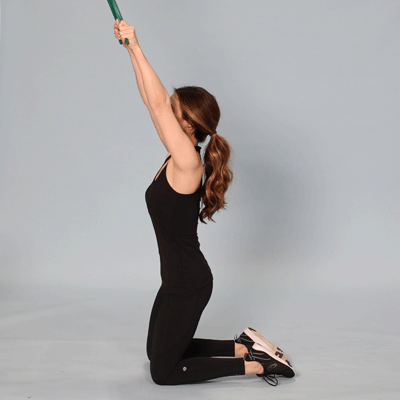
- Kneel and face the high pulley with a single handle.
- Pull the handle toward your shoulder or side.
- Focus on squeezing your lat at the bottom.
Why Do It? Greater range of motion + less cheating = better gains.
7. High Cable Face Pull
Muscles Worked: Rear delts, traps, rhomboids
How To:
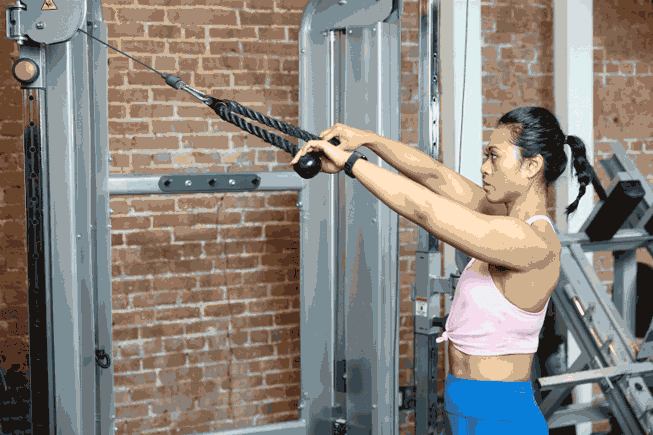
- Attach rope to high pulley.
- Grip with both hands and pull toward your forehead, elbows high.
- Squeeze shoulder blades, return slowly.
Great For: Posture correction and rear shoulder development.
Also Read: 10 Barbell Quad Exercises That Build Massive, Sculpted Thighs Fast
8. Cable Reverse Fly (Mid or Low Pulley)
Muscles Worked: Rear delts, upper traps
How To:
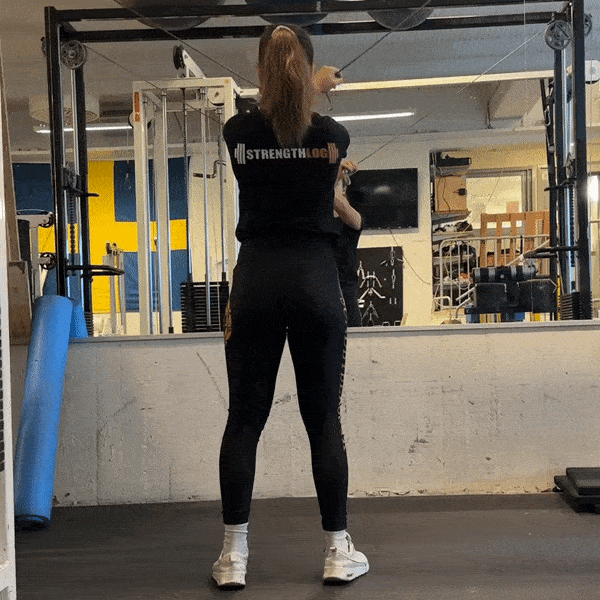
- Set the cables at shoulder or hip height.
- Cross-grab both handles (left hand to right pulley and vice versa).
- With slight bend in elbows, open your arms wide in a fly motion.
- Slowly return.
Fact: This can be a safer alternative to dumbbell reverse flies for shoulder health.
9. Cable Shrugs (Low Pulley)
Muscles Worked: Trapezius
How To:
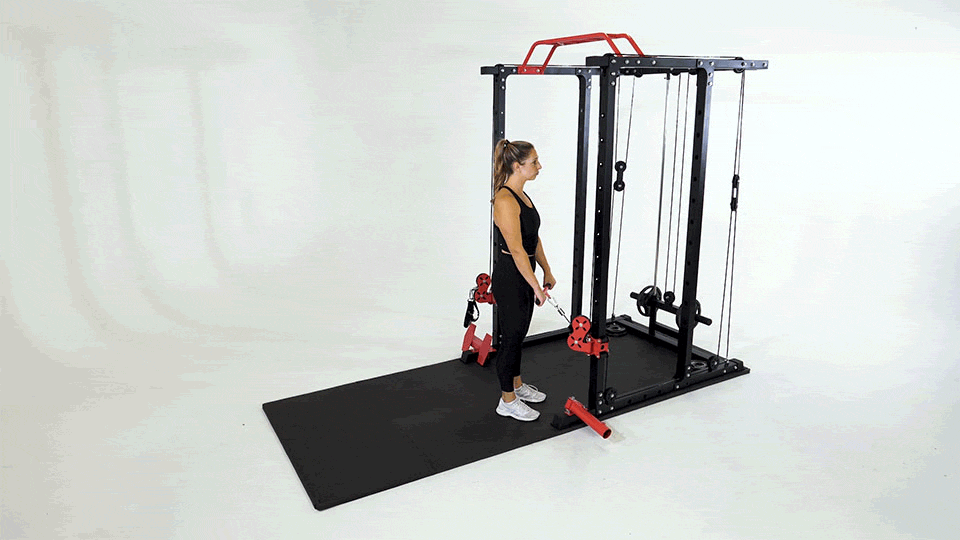
- Attach a bar or handles to low pulley.
- Stand and pull your shoulders straight up.
- Squeeze at the top, then release.
Why It’s Effective: Keeps constant tension for solid trap development.
10. Wide-Grip Cable Row (With Bar)
Muscles Worked: Upper/mid back, rear delts
How To:
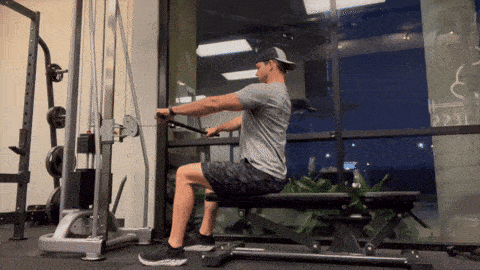
- Attach a wide bar to low pulley.
- Sit or stand and pull toward your chest or upper abdomen.
- Flare elbows out for upper back focus.
Tip: Use lighter weight for strict form.
Also Read: 10 Barbell Core Workouts to Sculpt Rock-Solid Abs Fast
11. Cable Deadlift
Muscles Worked: Entire posterior chain—back, glutes, hamstrings
How To:

- Attach bar to low pulley.
- Stand over it and grab the bar.
- Hinge at hips, lift by standing up straight.
- Return in a controlled hip-hinge.
Why Do It? Great for beginners or warm-up before heavy barbell work.
12. Cable Pullovers (Lying or Standing)
Muscles Worked: Lats, chest (minor), core
How To:
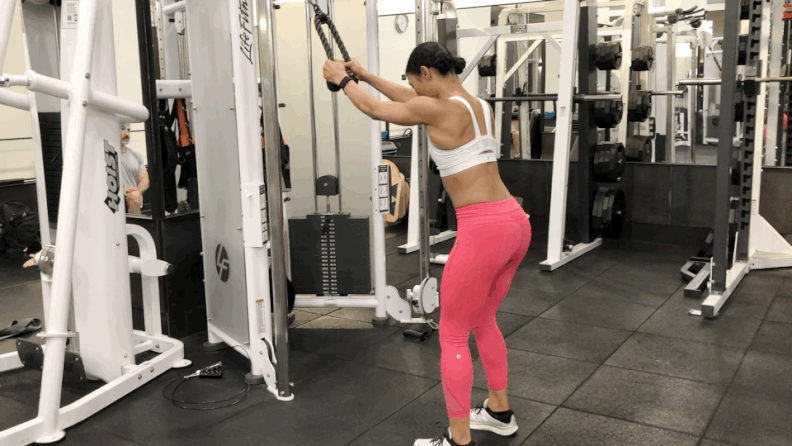
- Attach rope or straight bar to high pulley.
- Lie on a bench or stand.
- With arms extended, pull the bar in an arc toward your hips.
- Return slowly.
Hidden Gem: Rare lat isolation moves that many overlook.
Final Thoughts: The Cable Back Advantage
If you’ve been relying only on barbells and dumbbells, it’s time to give hi-lo pulley back exercises the spotlight they deserve. This machine allows you to train with precision, engage stabilizers, and isolate back muscles like never before.
Whether you’re a beginner or a seasoned lifter, these 12 movements can help you:
- Build thickness and width
- Correct imbalances
- Improve posture and reduce pain
No back-day is complete without at least a few of these in rotation.
Also Read: 13 Barbell Shoulder Exercises To Gain Mass & Shape
Frequently Asked Questions (FAQs)
What is a hi-lo pulley machine?
A hi-lo pulley machine is a dual adjustable cable system that allows the pulley to be set at various heights—from high to low—giving you the flexibility to perform a wide range of upper and lower body exercises. It’s especially effective for back training due to its ability to create constant tension.
Can I train my entire back using only the hi-lo pulley?
Yes, absolutely. The hi-lo pulley machine allows you to hit the upper, middle, and lower back, as well as supporting muscles like the rear delts, rhomboids, and traps. With the right attachments and angles, you can fully target your entire back without needing free weights.
How many back exercises should I include in one workout session?
Aim for 4 to 6 exercises per back session, depending on your training level. Include a mix of vertical pulls (like lat pulldowns), horizontal pulls (like rows), and isolation moves (like straight-arm pulldowns) to fully engage all back regions.
Are cable exercises as effective as dumbbells or barbells?
Yes, in many cases cable exercises are even more effective for isolation and muscle engagement. Cables provide constant tension, allow for better control, and are often safer for joints, especially for beginners or those recovering from injury.
How often should I do hi-lo pulley back workouts?
Training your back 1–2 times per week is ideal for most people. Make sure to allow 48–72 hours of recovery before targeting the same muscle group again.
Is the hi-lo pulley machine good for building muscle mass?
Yes. With progressive overload, proper form, and varied angles, you can absolutely build serious muscle mass using the hi-lo pulley system alone.
Can beginners use the hi-lo pulley safely?
Definitely. In fact, the hi-lo pulley is beginner-friendly because it offers more control, smoother resistance, and allows precise movements—making it perfect for learning proper back engagement.
